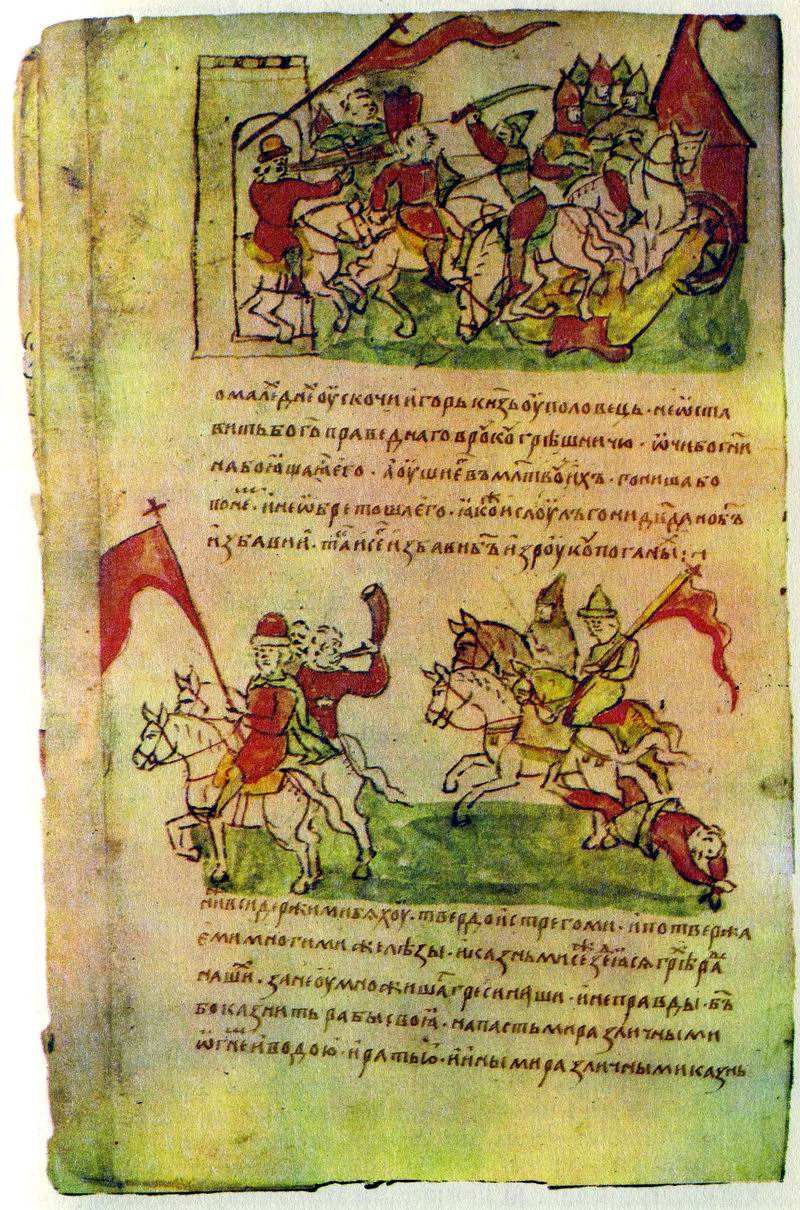Oh, it was possible to communicate in written Kanji between educated Chinese and Japanese of the same period, and the meanings could be basically understood, because many educated Japanese (like Dogen) knew how to write and read Chinese.
But the difference between cultures, over hundreds of years, and the strange nature of the content of the Koans, adds more levels of difference. Most Japanese monks of later periods after Dogen did not write and read Chinese at such a sophisticated level (some did.) The difference in centuries adds difficulty. The Koans were also written, not in formal written Chinese, but in a slangy spoken style (kind of like me trying to understand Hip Hop lyrics 500 years from now.) Also, the nature of Koans themselves makes them difficult. For example, think how difficult it is for you to understand this Koan now in English, even though you read decent English (Unlike you, Wabo, they did not have "Google translate" ) (Book of Serenity Case 44):
) (Book of Serenity Case 44):
Even though that is English, the meaning of many of the references is lost with time. Can you read the old Ukranian "The Tale of Igor's Campaign" (Слово о пълкѹ Игоревѣ) easily in the original?

Gassho, J
STLah
But the difference between cultures, over hundreds of years, and the strange nature of the content of the Koans, adds more levels of difference. Most Japanese monks of later periods after Dogen did not write and read Chinese at such a sophisticated level (some did.) The difference in centuries adds difficulty. The Koans were also written, not in formal written Chinese, but in a slangy spoken style (kind of like me trying to understand Hip Hop lyrics 500 years from now.) Also, the nature of Koans themselves makes them difficult. For example, think how difficult it is for you to understand this Koan now in English, even though you read decent English (Unlike you, Wabo, they did not have "Google translate"
 ) (Book of Serenity Case 44):
) (Book of Serenity Case 44):
PREFACE TO THE ASSEMBLY
The lion attacks the elephant,- the Garuda strikes the dragon. Soaring or
crawling, king and minister are discerned. We monks should maintain host
and guest. When a person debases heavenly dignity, how do you cut him
off?
MAIN CASE
Attention! A monk said to Ho Osho of Koyo, "A dragon-king leaves the
ocean, and heaven and earth are calm. Meet him face to face and then what?"
The master replied, "The Garuda attains the universe. At such a time, who
would dare stick his head out?" The monk countered, "When the head sticks
out, then what?" Koyo answered, "It's like a falcon seizing a dove. If you don't
understand, check in front of the balcony and know the truth." The monk
then said, "Well then, I clasp my hands on my chest and retreat three steps."
And Koyo remarked, "Blind turtle pinned under Sumeru. Don't get hit on
the forehead and scarred again!"
APPRECIATORY VERSE
The imperial order descends, the general's order disperses.
Within the fortress, the emperor,- outside the walls, the general.
Thunder doesn't wait for the astonished bugs to crawl out.
You'll never know the wind has stopped the flowing clouds.
The loom's lower warp is continuous and golden needle and jeweled
thread are naturally there.
Plain and vast before sealing, originally there's no ideograph, or worm hole
The lion attacks the elephant,- the Garuda strikes the dragon. Soaring or
crawling, king and minister are discerned. We monks should maintain host
and guest. When a person debases heavenly dignity, how do you cut him
off?
MAIN CASE
Attention! A monk said to Ho Osho of Koyo, "A dragon-king leaves the
ocean, and heaven and earth are calm. Meet him face to face and then what?"
The master replied, "The Garuda attains the universe. At such a time, who
would dare stick his head out?" The monk countered, "When the head sticks
out, then what?" Koyo answered, "It's like a falcon seizing a dove. If you don't
understand, check in front of the balcony and know the truth." The monk
then said, "Well then, I clasp my hands on my chest and retreat three steps."
And Koyo remarked, "Blind turtle pinned under Sumeru. Don't get hit on
the forehead and scarred again!"
APPRECIATORY VERSE
The imperial order descends, the general's order disperses.
Within the fortress, the emperor,- outside the walls, the general.
Thunder doesn't wait for the astonished bugs to crawl out.
You'll never know the wind has stopped the flowing clouds.
The loom's lower warp is continuous and golden needle and jeweled
thread are naturally there.
Plain and vast before sealing, originally there's no ideograph, or worm hole

Gassho, J
STLah

 and is found used many, many places in Zen writings by many Zen writers of the past. If someone is discussing the common source and true origin of this shared title, they should not leave that important point out! (Not to mention that the real "True Origin" and "Common Source" of these fine teachings is the true "True Dharma Eye"
and is found used many, many places in Zen writings by many Zen writers of the past. If someone is discussing the common source and true origin of this shared title, they should not leave that important point out! (Not to mention that the real "True Origin" and "Common Source" of these fine teachings is the true "True Dharma Eye"  smile.)
smile.)
 )
)
Comment